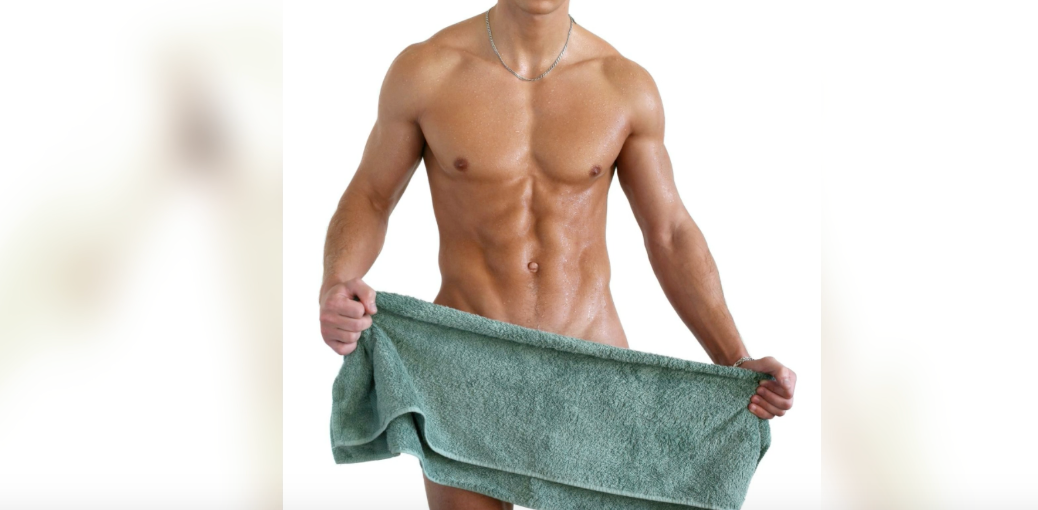
Tips for good intimate hygiene
ABOUT MEN'S INTIMATE HYGIENE
Currently, in Western countries, male intimate hygiene is mainly based on using toilet paper after going to the toilet.
However, in other cultures, this "dry washing" (so to speak, because it is not washing at all) is frowned upon, since the intimate area is also washed with water after each bowel movement.
If we think about it carefully, using only toilet paper after doing our business is not exactly the most hygienic thing to do, since toilet paper does not clean, it only removes the most important part of the remains of feces, but some of it still remains, and it is not hygienic for those remains (even if they are not visible) to remain there, due to the amount of bacteria they contain, in addition to the bad smell they generate.
There is nothing worse than going on a date with someone and having unpleasant odors appear in intimate areas. Even if you are in a stable relationship, do not let those bad odors have a bad effect on your partner.
Poor intimate hygiene can also be the cause of annoying and unwanted itching. If this is your case, we analyze the causes of itching and how to avoid it in this other article.
So our recommendation would be to always wash after each bowel movement. If you are at home, it is ideal to wash your intimate area in a bidet, but if you do not have a bidet, you can wash your intimate area quickly in your shower or bathtub.
Nowadays, toilet bowls with a built-in jet are also appearing, which you can also use. But if you don't have such a jet or a shower attachment on your toilet bowl, that's not a problem at all. You can wash your intimate area in the bidet or in the shower.
Tips for good intimate hygiene are:
- Wet your intimate area with water, either with a bidet, a conventional shower or, if you have an extra shower next to the toilet, too.
- Apply an intimate wash with a pH adapted for men's intimate zone. This is very important, since men have a different pH in the intimate zone than women, as we have explained in other blog posts.
- Rub well with your fingertips to remove dirt and rinse with plenty of water to remove the intimate soap. Try not to scratch with your nails, or use sponges that are too aggressive. If you wish, you can use a natural sponge.
- Scrubbing should be done carefully to avoid possible unwanted injuries to the penis or testicles. If possible, use a sulfate-free intimate wash to be more gentle and avoid possible skin irritations, especially if you wash frequently. These irritations could be the cause of itching in the intimate area.
- Dry thoroughly with a towel before putting on underwear to prevent any moisture residue and thus prevent the appearance of fungus.
Conclusion
Good intimate hygiene after each bowel movement will allow you, on the one hand, to save on toilet paper, avoid bad odors in the intimate area, and thus prevent problems from bacteria from feces that may come into contact with our skin, which can be the cause of annoying itching in the intimate area.
Find out in this other article why it is so necessary to use a specific intimate wash for men.





Leave a comment
This site is protected by hCaptcha and the hCaptcha Privacy Policy and Terms of Service apply.